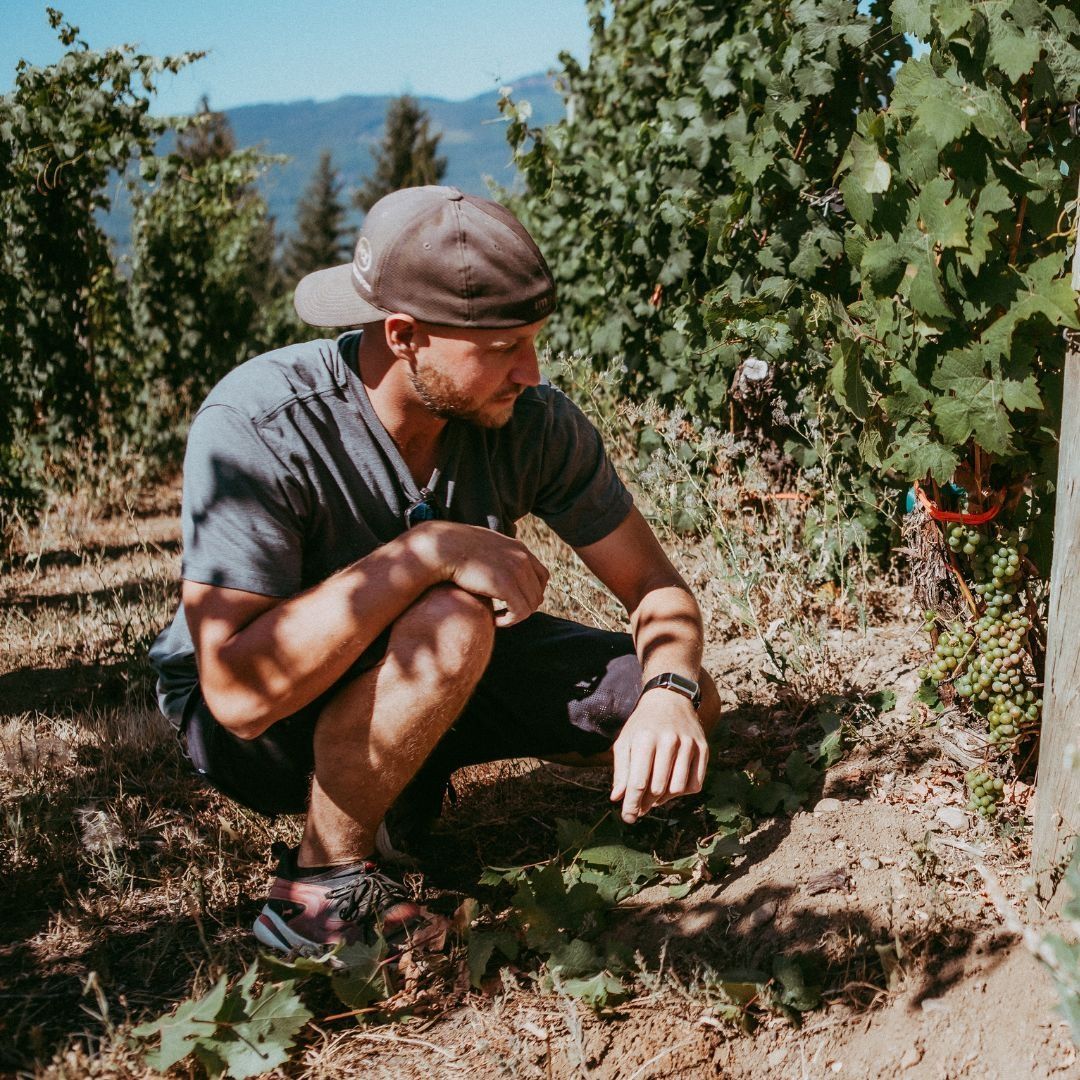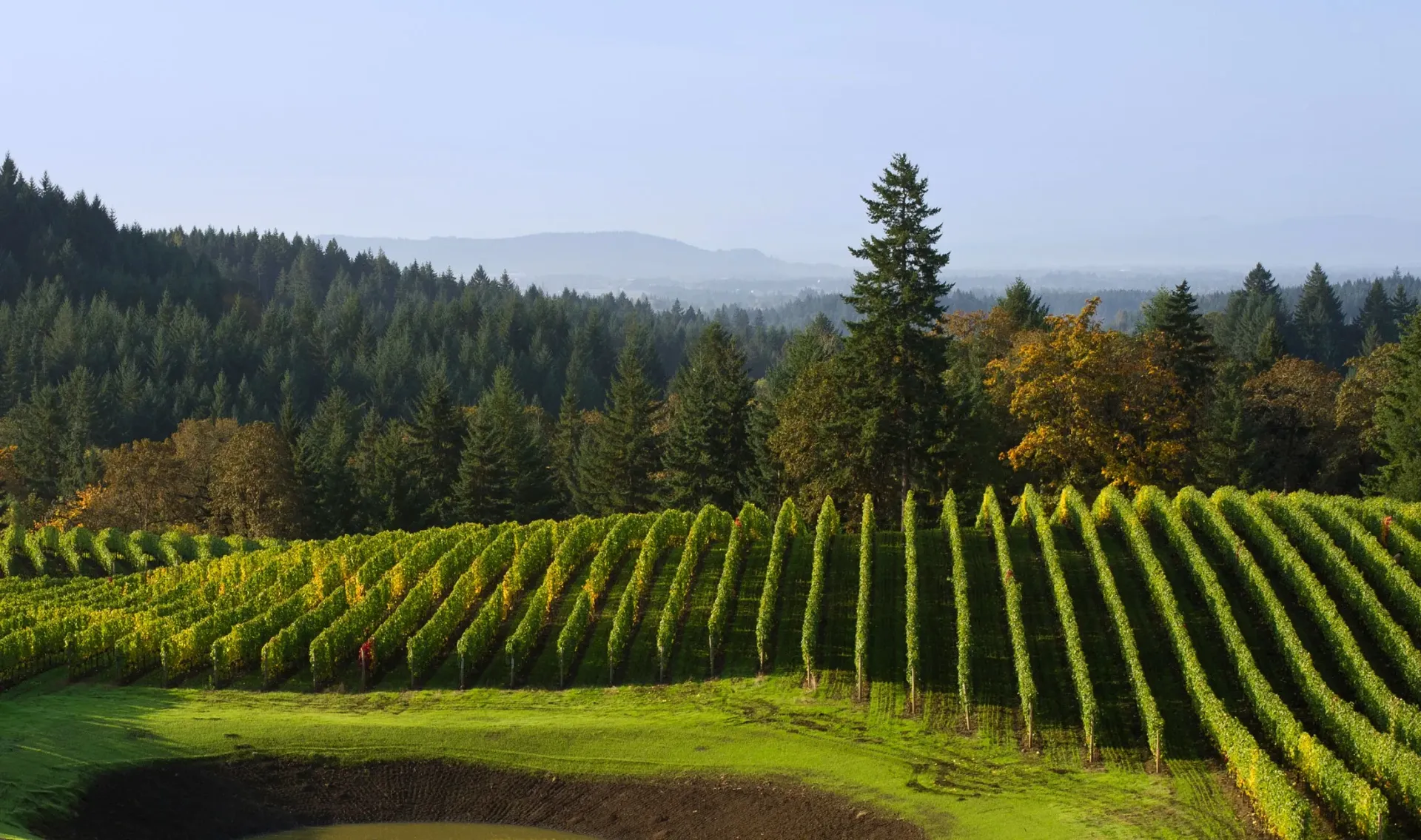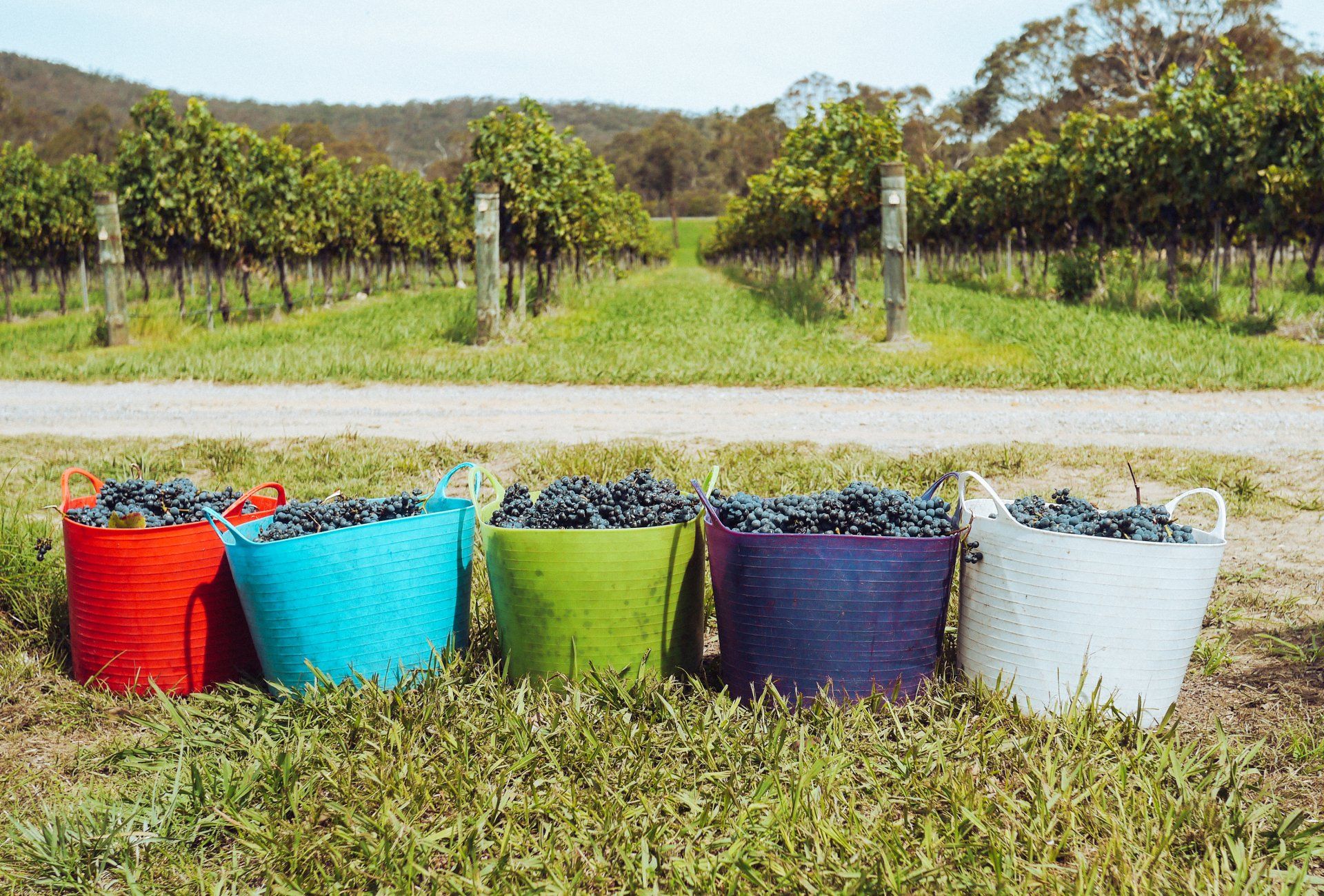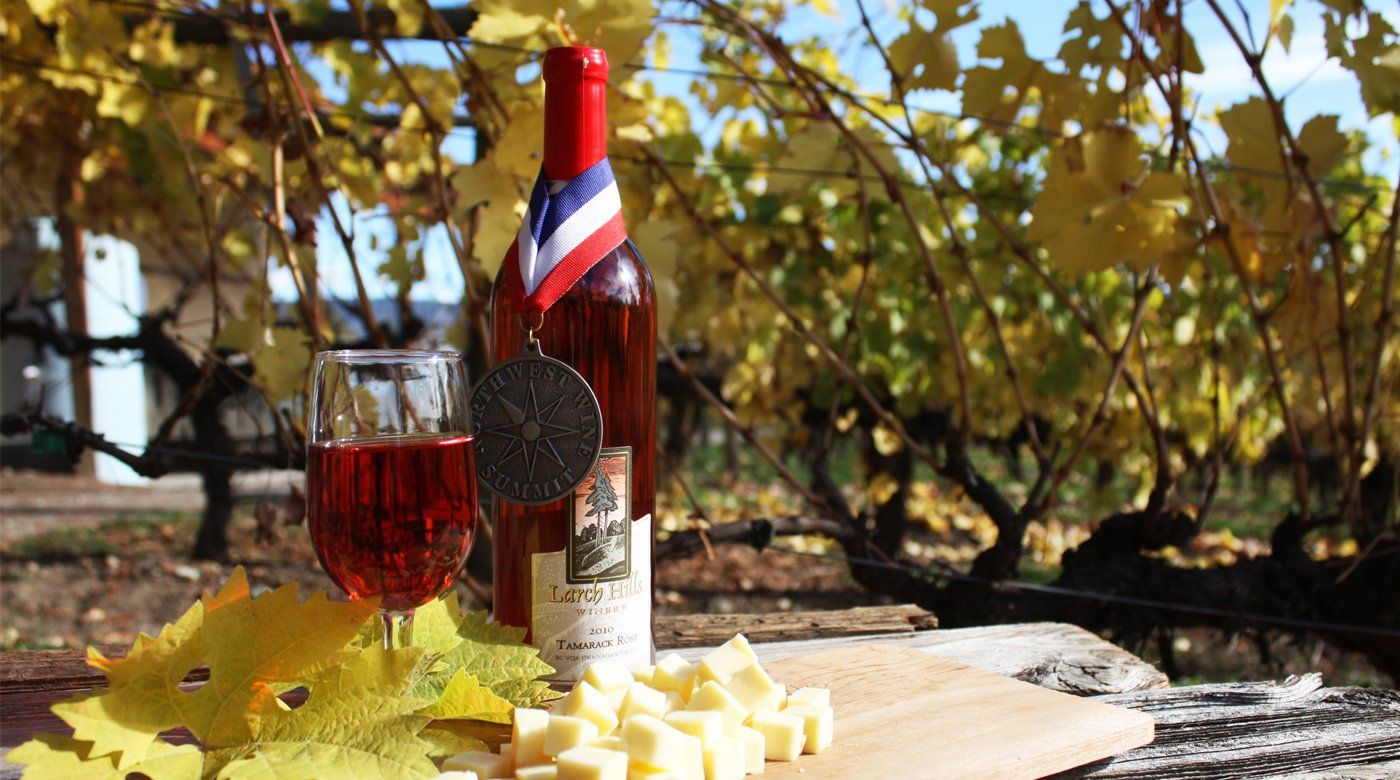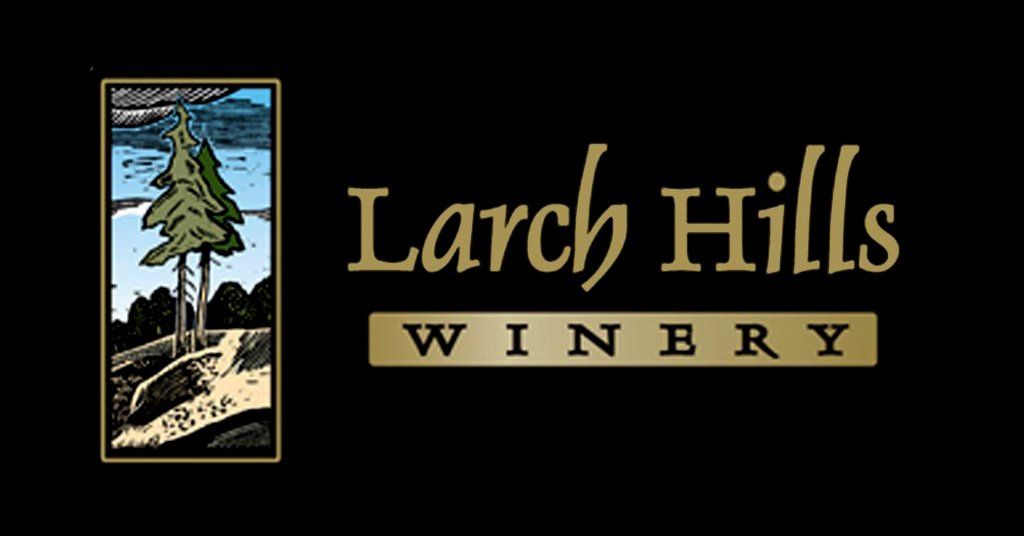A Quick Overview of the Best Grapes That Grow in North Okanagan
You can’t have wine without grapes, and grapes are not easy to grow. A region must meet all the right conditions to grow grapes that can be turned into wine. This is why there are only a handful of regions that grow wine grapes throughout the world.

Many grapes can grow in both cool and warm climates, provided other conditions are met. For example, many Okanagan grapes thrive in cooler climates, especially the grapes in North Okanagan.
Today, we’re going to examine how climate influences grape growth and discuss why North Okanagan is such a perfect area for vineyards.
What is the Ideal Climate for Growing Grapes?
The climate and weather of a region play an important role in grape growth that ultimately determines the taste of the resulting wine. Grapevines require an adequate amount of heat, sun, and water during the growing season, while simultaneously having a long enough dormancy phase.
Generally speaking, grapevines grow best in climates with long warm summers combined with semi-rainy winters. Wind, humidity, and atmospheric pressure also influence the growth of grapes.
It may seem like the vineyard’s regional climate will dictate whether or not it is a suitable location for growing grapes. While that’s necessary, from a viticulture point of view, the climate is divided up into three categories:
- Macro-climate: This term is essentially what most people talk about when discussing the climate condition of a vineyard. It’s used to describe a large area, such as a region or even an entire country.
- Meso-climate: This climate division describes the climate in a specific area as dictated by altitude, prevailing winds, water availability, and more.
- Micro-climate: As the smallest division of an area’s climate, the micro-climate is the actual vineyard canopy that winegrowers are able to influence with a variety of vineyard management practices.
Each division aims to further describe the conditions of a more specific area. All three are nested within each other and influence the one below it. Winegrowers are familiar with each climate division and use this information to determine what they do on a day-to-day basis.
Are Cool Climate Wines Better Than Warm Climate Wines?
Grapes are capable of growing in cool regions as well as warm regions. Grapes grown in cooler regions, such as the northern hemisphere, generally do not ripen as quickly as their warm counterparts, which results in reduced natural sugars and higher acidity. Many describe cooler wines as elegant, fresh, and nuanced.
Some types of grapes, such as Merlot and Malbec, can be grown in cool and warm climates but will produce entirely different wines based on the climate. However, many grape varieties will only thrive in cool climates. Grapes that are known to prefer cooler weather to the heat are:
- Pinot Gris
- Gewürztraminer
- Riesling
- Sauvignon Blanc
- Zweigelt
Warmer climates are generally considered easier to grow in, however, grapes grown in warmer climates do not necessarily create better wines. The grapes ripen faster, which means there will be more sugar, and that can result in a wine with a fruitier taste and even higher alcohol levels.
Ultimately, cool climate and warm climate wines are both appreciated by most wine aficionados. While they generally will have different flavor profiles, one is not superior to the other.
What Makes North Okanagan The Perfect Climate for Growing Grapes?
Now that we know all about how the climate impacts grape growth, why is North Okanagan such a highly respected grape-growing region?
Located in British Columbia just north of the United States border, the Okanagan Valley is widely considered one of the warmest regions throughout all of Canada. The region is also relatively dry, which creates the perfect conditions for growing certain types of grapes.
The Okanagan Valley is the second-largest wine region in Canada, and impressively produces 89% of all of the grapes grown in British Columbia. In total, there are 173 licensed North Okanagan wineries making the most of the ideal climate.
There are several aspects of the North Okanagan Wine Country climate that make it ideal for growing grapes:
- Grapes benefit from large amounts of sunshine hours in the growing season thanks to being so far north
- The high latitude creates a large diurnal shift, which is the difference between the coldest part of the night and the warmest part of the day. A large diurnal shift allows grapes to ripen slowly during the fall, which preserves grapes’ natural acidity.
- The cool weather in the winter, which can include snow, allows grapes to go through a full dormancy period. The dormant period is a necessary aspect of a grapevine’s life cycle as it allows the plant to shut down and recuperate before the next season.
- A coastal mountain range diverts most of the rainy weather systems from reaching the Okanagan region, preventing the grapevines from receiving too much water. However, there is still enough precipitation to support the growth.
- North Okanagan wineries, such as a Salmon Arm winery, typically focus on grape varieties that will require less heat and a shorter growing season to make the most of the area’s climate. In fact, wineries near Salmon Arm tend to produce some of the most sought-after wines in the area.
Over the decades, wineries have flocked to the Okanagan Valley to take advantage of its unique climate that’s perfect for
growing wine grapes.
Famous Wines from North Okanagan: Shop Larch Hills Winery Today
There are plenty of
famous wines that come from North Okanagan. Some of the most notable wines being produced from this region are:
- Riesling wine
- Syrah
- Pinot Noir
- Pinot Gris
- Chardonnay
- Merlot
- Cabernet Franc
Are you ready to fill your collection with North Okanagan wines?
Browse our selection of wines today from our North Okanagan winery. You’ll certainly find your next favorite among our selection.




